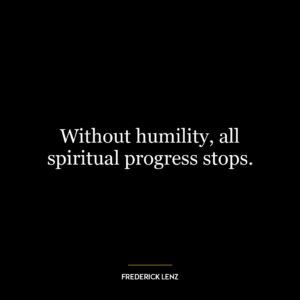The yoga of discrimination is only practiced once you have started to go into Samadhi” is a profound statement that speaks to the progression of spiritual development in yoga and meditation practices.
Samadhi, in yogic philosophy, is a state of intense concentration achieved through meditation. It is the last of the eight limbs of yoga where the person meditating merges with their point of focus and transcends their physical self, reaching a state of ultimate peace and enlightenment.
The “yoga of discrimination” refers to the practice of Viveka, a Sanskrit term that means discernment or discrimination. It is the ability to differentiate between what is real (eternal) and what is unreal (temporary), between truth and illusion, and between the self and the non-self.
The quote suggests that the practice of Viveka or discrimination becomes possible or is intensified once a person begins to enter the state of Samadhi. This is because, in the state of Samadhi, one’s consciousness expands, making it possible to perceive realities beyond the physical and material world. This expanded consciousness allows for sharper discernment between the transient and the eternal, the self and the non-self.
In today’s world, this concept can be applied in personal development and mental health. Often, we are caught up in our thoughts, emotions, and perceptions, believing them to be the ultimate reality. This can lead to stress, anxiety, and other mental health issues. By practicing meditation and yoga, one can achieve a state of calm and focus (a step towards Samadhi), which can help in developing the ability to discern or discriminate between our thoughts and the reality, between what is temporary (our emotions, thoughts, perceptions) and what is constant (our consciousness or true self). This discernment can lead to better mental health, improved decision-making, and personal growth.
Moreover, in a world that is increasingly complex and full of distractions, the practice of discrimination can help us to distinguish between what is essential and what is not, between what serves our growth and what hinders it. It can guide us to make choices that are aligned with our true self and our purpose in life.











